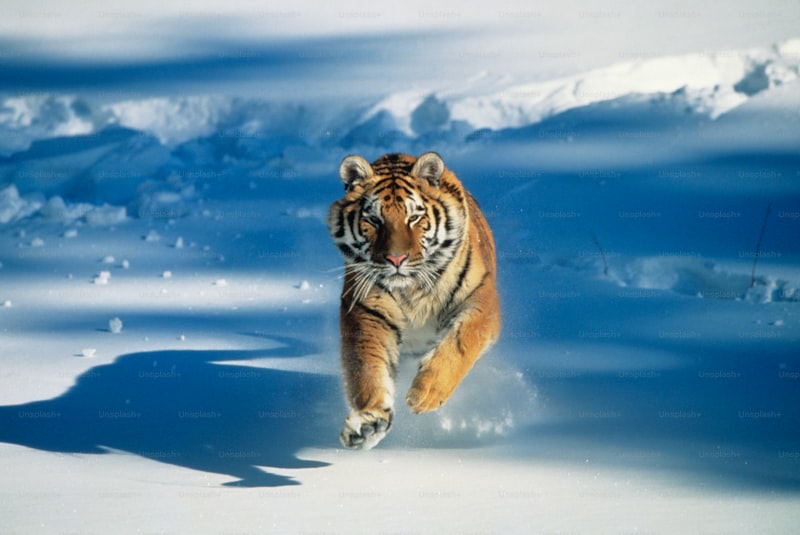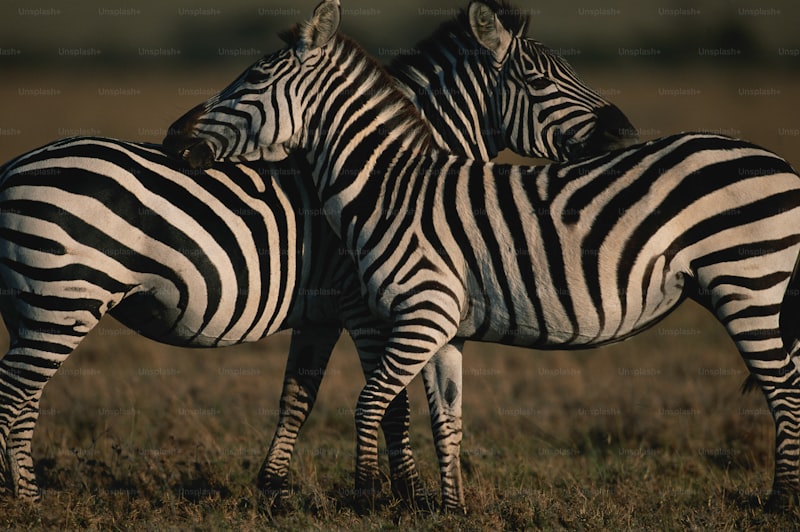Consider the majestic octopus, known for its intelligence that rivals some of the smartest mammals. These cephalopods can solve intricate puzzles, navigate through mazes, and even mimic other animals as a defense mechanism. Their ability to change color and texture in an instant is not just camouflage but a sophisticated form of communication and survival.
In the depths of the ocean, the bottlenose dolphin rules with its extraordinary echolocation skills. Emitting high-frequency clicks, dolphins can map their surroundings with incredible precision, detecting objects as small as a coin buried in sand. This biological sonar system aids them in hunting prey and navigating through murky waters, showcasing a level of sensory perception that remains unparalleled.
Moving to the skies, the bar-tailed godwit undertakes one of the most astonishing migrations in the avian world. These small birds travel over 7,000 miles non-stop from Alaska to New Zealand, enduring days of flight without food or rest. Their endurance challenges our understanding of physical limits and highlights their adaptation to survive extreme conditions during migration.
On land, the incredible strength of ants fascinates scientists and observers alike. Despite their tiny size, ants can lift objects hundreds of times heavier than themselves, thanks to their collective teamwork and efficient biomechanics. This unparalleled strength allows them to construct elaborate underground colonies and navigate vast territories in search of food.
Nature’s gift of extraordinary abilities to animals continues to inspire awe and wonder. Whether in the depths of the ocean, soaring through the skies, or scurrying across forest floors, these creatures remind us of the boundless wonders of the natural world and the incredible adaptations that ensure their survival.
Nature’s Marvels: Animals with Unbelievable Superpowers

Did you know that in the animal kingdom, there are creatures with superpowers that rival those of comic book heroes? From the ability to regenerate limbs to camouflage that seems straight out of science fiction, these animals showcase the incredible diversity and adaptability of nature.
Take the axolotl, for instance. This aquatic salamander has a remarkable ability to regenerate its limbs, tail, spinal cord, and even parts of its brain. Scientists study the axolotl’s regenerative abilities in hopes of applying similar techniques to human medicine, envisioning a future where limb regeneration could become a reality.
Then there’s the mimic octopus, a master of disguise in the oceans. It can impersonate other animals such as lionfish, flatfish, and even sea snakes by changing its color, shape, and behavior. This incredible mimicry not only helps the octopus avoid predators but also allows it to sneak up on unsuspecting prey.
Moving to the sky, the bar-tailed godwit holds the record for the longest non-stop flight of any bird. These small, unassuming birds travel over 7,000 miles from Alaska to New Zealand without stopping to rest or eat. They accomplish this feat by doubling their body weight before the journey and relying on favorable winds to conserve energy.
On land, the mantis shrimp possesses one of the most complex eyes in the animal kingdom. With 16 color receptors (compared to humans’ three), they can see a spectrum of colors beyond our imagination. Their eyes also have the ability to detect polarized light, allowing them to spot prey and predators with incredible precision.
Nature’s superpowers aren’t just limited to physical abilities. The pistol shrimp, for example, has claws that can snap shut so quickly, they create a shockwave capable of stunning prey and breaking glass. This phenomenon, known as cavitation, produces temperatures hotter than the surface of the sun for a split second.
These examples barely scratch the surface of nature’s incredible adaptations. From creatures that can survive extreme temperatures to those that navigate the depths of the ocean without light, each animal demonstrates the ingenuity and resilience forged through millions of years of evolution.
In a world where superheroes are often fictional, these animals remind us that real-life marvels exist right in front of us, waiting to be discovered and appreciated for their extraordinary abilities.
Beyond Instinct: Animals That Possess Extraordinary Abilities
Take the humble dung beetle, for instance. Despite its unassuming size, this beetle demonstrates a remarkable skill—the ability to navigate using the Milky Way. By orienting itself according to the stars, particularly the band of light created by our galaxy, the dung beetle can roll its prized ball of dung in a straight line, even on moonless nights. This navigation prowess is not just a feat of survival but a testament to the beetle’s sophisticated sensory capabilities.
Moving from the celestial to the microscopic, the tardigrade, or water bear, is another marvel of resilience. Found in virtually every habitat on Earth, from the highest mountains to the deepest oceans, tardigrades can endure extreme conditions that would be fatal to most other life forms. They can withstand temperatures close to absolute zero, pressures six times greater than those in the deepest ocean trenches, and even the vacuum of space. Aptly nicknamed “nature’s ultimate survivor,” the tardigrade achieves this through its unique ability to enter a state of cryptobiosis, essentially pausing its metabolism until conditions improve—a biological marvel that continues to intrigue scientists.
In the avian world, the kea parrot of New Zealand stands out for its cognitive abilities and playful nature. Known as “the clown of the mountains,” the kea exhibits problem-solving skills on par with some primates. It can use tools, solve puzzles to obtain food, and even display a mischievous streak by dismantling human equipment in its quest for exploration. These behaviors highlight the bird’s adaptability to its alpine environment and its intelligence—a trait not commonly associated with avian species.
Nature continually surprises us with its repertoire of extraordinary animals, each equipped with unique adaptations and skills honed through millennia of evolution. From the depths of the ocean to the heights of the mountains, these creatures remind us of the boundless wonders yet to be discovered in our natural world.
Meet the Animal Kingdom’s Unsung Heroes of Extraordinary Feats
Have you ever wondered about the incredible abilities hidden within the animal kingdom? Beyond the spotlight of popular species like lions and eagles, there exist extraordinary creatures whose remarkable feats often go unnoticed. These unsung heroes of the animal kingdom possess abilities that rival the most celebrated wildlife stars.
Take the humble dung beetle, for example. This small creature might not catch your eye at first glance, but its strength is unmatched in the insect world. Despite its size, the dung beetle can roll a ball of dung that is over 50 times its body weight. Imagine a human pushing a ball weighing several tons effortlessly! This incredible strength is not just for show—it helps the dung beetle survive by providing food and shelter.
Moving from strength to strategy, the octopus emerges as another unsung hero. This clever cephalopod possesses a level of intelligence that allows it to solve puzzles and navigate complex environments. With its ability to change color and shape, the octopus masters the art of disguise, evading predators and capturing prey with unmatched precision.
In the depths of the ocean, the mantis shrimp wields a power that seems straight out of a superhero comic. Its claws move with such speed and force that they create shockwaves in the water, capable of stunning or even killing its prey in an instant. This remarkable ability not only showcases the mantis shrimp’s strength but also its agility and precision in hunting.
Nature’s architects, the beavers, are also among these unsung heroes. With their sharp teeth and instinctive engineering skills, they transform landscapes by building dams and lodges. These structures provide shelter and protection not only for themselves but also for numerous other species that benefit from the new habitats created by their industrious work.
These examples barely scratch the surface of the animal kingdom’s unsung heroes. Each species, from the tiniest ant to the largest whale, plays a crucial role in maintaining the delicate balance of ecosystems worldwide. Their extraordinary feats, often unseen or underappreciated, highlight the diversity and resilience of life on Earth.
So, the next time you encounter an animal, whether in the wild or through a documentary, take a moment to marvel at its unique abilities. Behind every creature lies a story of survival, adaptation, and extraordinary feats that deserve our appreciation and respect.
From X-Ray Vision to Super Strength: Astonishing Animal Abilities

Then there’s the humble dung beetle, renowned for its super strength. Despite its small size, it can roll dung balls many times its weight, navigating vast distances with an innate celestial navigation system utilizing the Milky Way’s light. This Herculean feat not only ensures survival but also highlights the beetle’s remarkable adaptation to its environment.
Consider the unparalleled endurance of the Arctic tern, which undertakes the longest migration of any animal. Traveling from pole to pole, it experiences two summers annually, showcasing a navigation system that rivals modern GPS technology. This incredible journey spans continents and demonstrates nature’s ability to defy geographical boundaries.
In the depths of the ocean, the barreleye fish astounds with its transparent head, allowing it to look directly above for potential prey while maintaining a low profile from predators below. This adaptation illustrates the creativity of evolution in equipping creatures with unique survival mechanisms.
From the electric eel’s ability to generate powerful electric shocks for hunting and self-defense to the astonishing mimic octopus, capable of impersonating other marine species to evade predators, these animals showcase the diversity and complexity of life on Earth. Each ability serves a crucial purpose in their ecosystems, ensuring their survival and contributing to the intricate balance of nature.
Nature’s ingenuity knows no bounds, and these astonishing animal abilities continue to inspire and amaze us, offering a glimpse into the vast potential of biological adaptation and evolution. As we unravel more mysteries of the animal kingdom, we uncover new layers of wonder and appreciation for the natural world around us.
Frequently Asked Questions
Which animals are known for their exceptional memory?
Discover animals renowned for their exceptional memory abilities, including elephants, dolphins, and chimpanzees. These creatures have demonstrated remarkable recall skills, crucial for navigating their environments and social interactions.
What are some animals with exceptional senses?
Discover animals with remarkable senses that go beyond human capabilities. From the echolocation of bats to the infrared vision of snakes and the acute hearing of owls, these animals have evolved extraordinary sensory abilities for survival and hunting.
How do animals like octopuses demonstrate extraordinary camouflage abilities?
Learn how octopuses achieve remarkable camouflage through specialized skin cells called chromatophores, which expand and contract to match their surroundings, allowing them to blend seamlessly into various environments.
What are examples of animals with remarkable problem-solving skills?
Explore animals known for their exceptional problem-solving abilities, such as chimpanzees using tools, octopuses escaping enclosures, and ravens using logic to obtain food. These creatures showcase remarkable intelligence in adapting to challenges they encounter in their environments.
How do certain animals use echolocation?
Learn how certain animals use echolocation to navigate and locate prey in their environment using high-frequency sound waves. This natural ability allows them to create mental maps of their surroundings based on the echoes they receive, aiding in hunting and avoiding obstacles.


